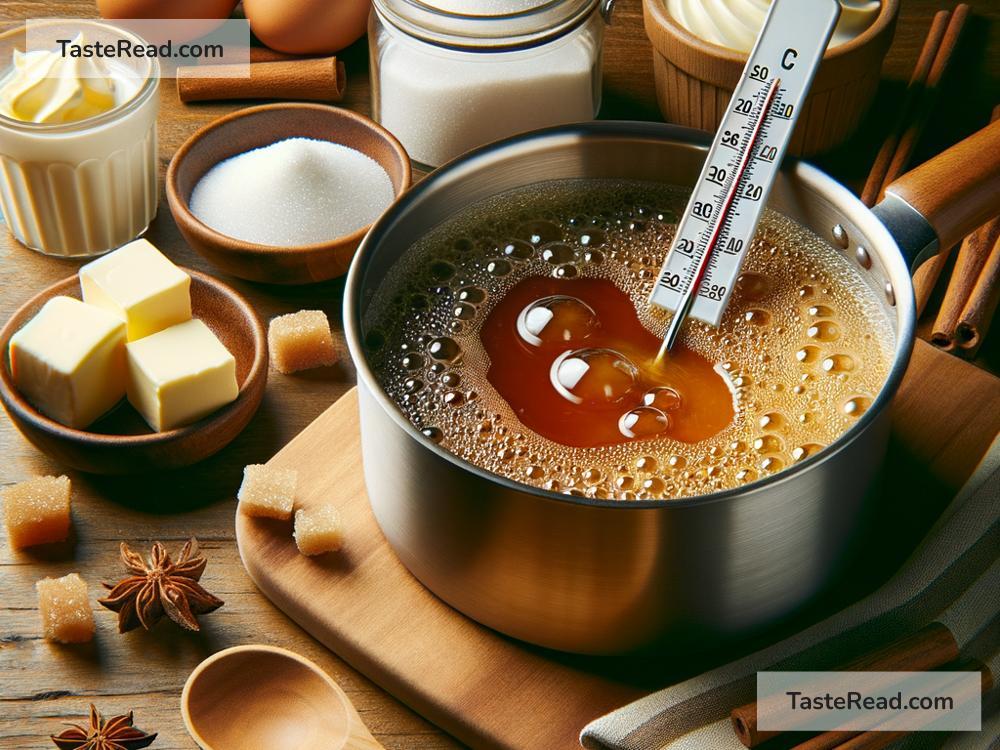The Science of Cooking with Biochemistry: Techniques and Tips
Cooking isn’t just an art—it’s also a science! When you mix, heat, or chill ingredients, countless chemical reactions are at work transforming the food. Biochemistry, the study of chemical processes inside living organisms, can help us understand what’s going on in the kitchen. Knowing a little bit of science behind cooking can make your meals tastier and your techniques more effective. Let’s explore the fascinating world of cooking through biochemistry, using simple language and practical tips.
1. Heat and Protein: How Cooking Changes Meat and Eggs
Proteins are molecules made of long chains of amino acids. In raw meat and eggs, the proteins are tightly coiled. When you apply heat—whether you’re frying an egg or grilling a steak—the heat causes these protein chains to “unfold” (a process called denaturation). The proteins then link together and form a solid structure. For example, this is why a raw egg turns firm and opaque when cooked.
Cooking Tips:
– Want tender meat? Cook it slowly. High heat can cause proteins to tighten too much, making meat tough. Low-and-slow cooking allows proteins to unwind without squeezing out all the moisture.
– Avoid rubbery eggs. When making scrambled eggs, cook them gently on low heat and stir frequently. High heat will overcook the proteins, leaving your eggs hard and dry.
2. Maillard Reaction: The Secret to Delicious Crispy Food
Have you ever noticed that golden-brown crust on cooked bread, seared steak, or roasted vegetables? That’s thanks to the Maillard reaction, one of the most important biochemical processes in cooking. This reaction happens when amino acids (from proteins) combine with sugars under heat, creating hundreds of new flavor compounds. These compounds give food that irresistible richness and complexity.
Cooking Tips:
– Dry your food before cooking. For maximum browning, pat meat or vegetables dry with a paper towel before searing. Too much moisture prevents the Maillard reaction.
– Give food room to breathe. Overcrowding a pan traps steam, which stops browning. Cook in batches or use a larger pan.
– Experiment with sugar and baking soda. Adding a pinch of sugar or baking soda can boost the Maillard reaction, especially for baked goods and roasted veggies.
3. Understanding Starches: Why Bread Rises and Sauces Thicken
Starches are chains of sugar molecules found in foods like flour, potatoes, and rice. When you cook starches, they swell and absorb water, thickening sauces and soups. This process is called gelatinization. In baking, starches play a vital role in giving structure to bread and cakes.
Cooking Tips:
– Use heat to activate flour. Flour needs heat to “cook” and thicken. For a smooth gravy or sauce, stir flour into melted butter before adding liquid. This creates a roux that prevents lumps.
– Don’t rush bread dough. Yeast in bread produces gas, causing starches to stretch and rise. Let your dough rest long enough to allow biochemistry to do its job.
4. Acidity and pH: Balancing Flavors
The pH scale measures how acidic or basic (alkaline) something is. Acidity plays a huge role in cooking. For example, adding lemon juice or vinegar to a dish brightens flavors. Acidity also affects the texture of food. For instance, adding acid to marinades helps break down proteins, tenderizing meat.
Cooking Tips:
– When cooking vegetables, add acid carefully. Acidity can prevent vegetables from softening while cooking. If you’re making tomato-based soup, cook the veggies before adding the acidic ingredients.
– Boost flavor with acid. A squeeze of lemon or splash of vinegar can transform a bland dish by enhancing contrast and balance.
– Neutralize bitterness. A pinch of baking soda can cut bitterness in acidic foods, like tomato sauce.
5. Enzymes: Nature’s Little Helpers
Enzymes are proteins that speed up chemical reactions, and they’re everywhere in cooking. For example, the enzyme amylase helps break down starches in bread dough, creating sweetness. The enzyme bromelain (in pineapples) breaks down proteins, which is why pineapple tenderizes meat.
Cooking Tips:
– Be careful with fresh pineapple. If you’re using pineapple to tenderize meat, don’t leave it on too long—the enzymes can break down the meat and make it mushy.
– Control ripening with temperature. Warm temperatures speed up enzymes, ripening fruits faster. If a fruit is too ripe, store it in the fridge to slow down enzyme activity.
6. Fats and Emulsions: Mixing Oil and Water
Fats, like butter and oil, don’t naturally mix with water—but emulsions like mayonnaise or salad dressing make it possible. Emulsifiers, like egg yolk, contain molecules that help oil and water “stick” together. The science behind this allows chefs to create creamy mixtures.
Cooking Tips:
– Make a smooth sauce. To make an emulsion, whisk oil into your liquid gradually. Adding it too fast will cause the mixture to separate.
– Use heat and stirring. Gentle warming and constant stirring can help emulsions stay stable.
Conclusion: Cooking is Chemistry You Can Eat
Understanding the science of cooking doesn’t mean you need to be a biochemist—it just gives you tools to improve your skills. When you know why food reacts the way it does, you can troubleshoot recipes, enhance flavors, and enjoy cooking even more.
Next time you’re in the kitchen, think of yourself as both an artist and a scientist, combining creativity and chemistry to make meals that delight the senses. Happy cooking!


